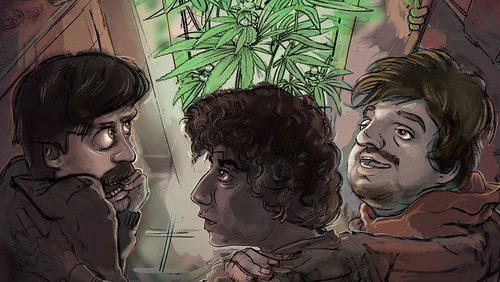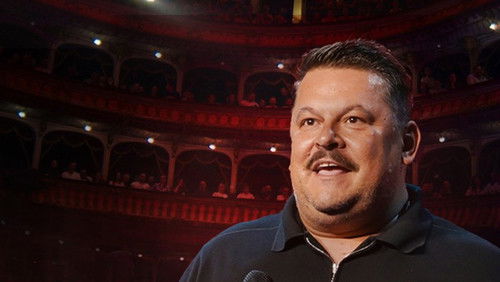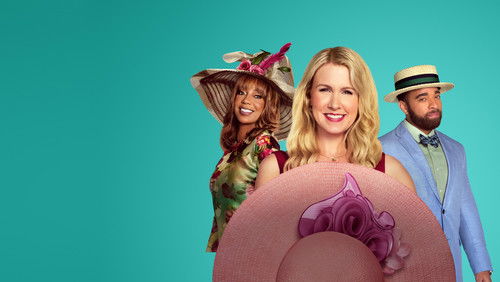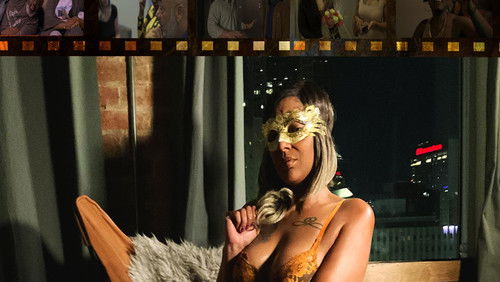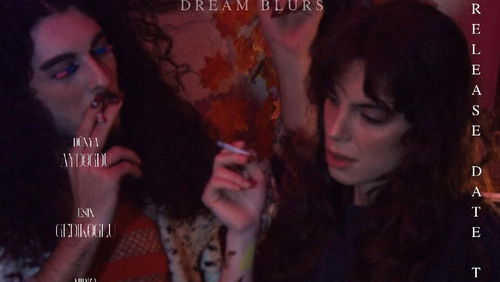Drei Farben – Weiß (1994)
64KDrei Farben – Weiß: Directed by Krzysztof Kieslowski. With Zbigniew Zamachowski, Julie Delpy, Janusz Gajos, Jerzy Stuhr. After his wife divorces him, a Polish immigrant plots to get even with her.
“The second film in Krzysztof Kieslowskiu0026#39;s u0026quot;Blue, White u0026amp; Redu0026quot; trilogy, u0026quot;Whiteu0026quot; (1993), is decidedly lighter in tone than its predecessor and should manage to appeal to a wider audience. In it we meet Karol Karol, a Polish hairdresser living in Paris who has just been divorced by his wife Dominique (the gorgeous Julie Delpy, who is not unfairly compared to the Brigitte Bardot of u0026quot;Contemptu0026quot; in this picture), due to a spell of impotence. At first blush something of a nebbish, Karol soon shows that he is nevertheless quite the resourceful character. Back in his wintry-white native land, he manages to somehow get back on his feet, rebuild his life despite numerous adversities–as had Juliette Binoche in u0026quot;Blueu0026quot;–and even contrive a get-even scheme involving his ex. As in the previous film, the directing and photography are just outstanding, and Zbigniew Zamachowski is at once sympathetic, funny and charismatic in u0026quot;Whiteu0026quot;u0026#39;s lead role. Sharp-eyed fans of u0026quot;Blueu0026quot; will note Ms. Binocheu0026#39;s Julie character in u0026quot;Whiteu0026quot;u0026#39;s opening courtroom scene, as well as the same old lady at the recycling bin (this latter background character would also, strangely, resurface in u0026quot;Redu0026quot;); just some fun elements to help tie this loosely linked trio of films together, I suppose. Despite being a bit more straightforward than the other two films in the trilogy, u0026quot;Whiteu0026quot; still offers food for thought, as well as some puzzling moments. For example, viewers who will be able to interpret Delpyu0026#39;s hand gestures at the tail end of the picture are certainly better than me. (Then again, Iu0026#39;ve always been pretty bad at any hand pantomime more involved than a raised middle finger; guess Iu0026#39;d make a lousy deaf person!) Fortunately, Delpy explains these mysterious gestures for us in one of the DVDu0026#39;s copious extras. Iu0026#39;m also somewhat at a loss as to how the color whiteu0026#39;s corresponding to u0026quot;equalityu0026quot; on the French flag pertains here. Are we supposed to think that Karol and Dominique are equals of sorts by the filmu0026#39;s end? I suppose so. The white of the title can just as easily be regarded, though, as corresponding to the sweet and pleasing center of an Oreo cookie, in the middle of two decidedly darker segments…”

